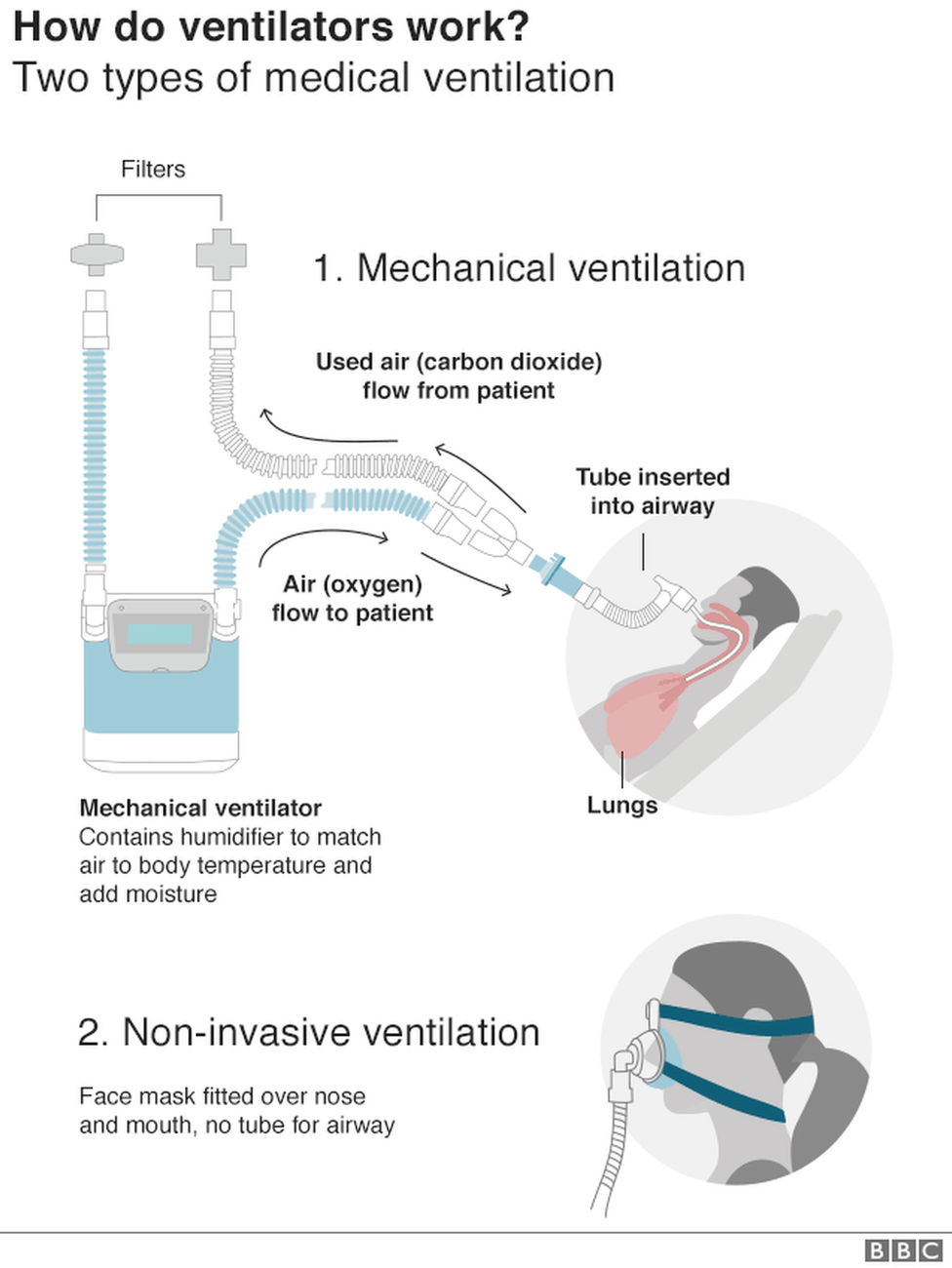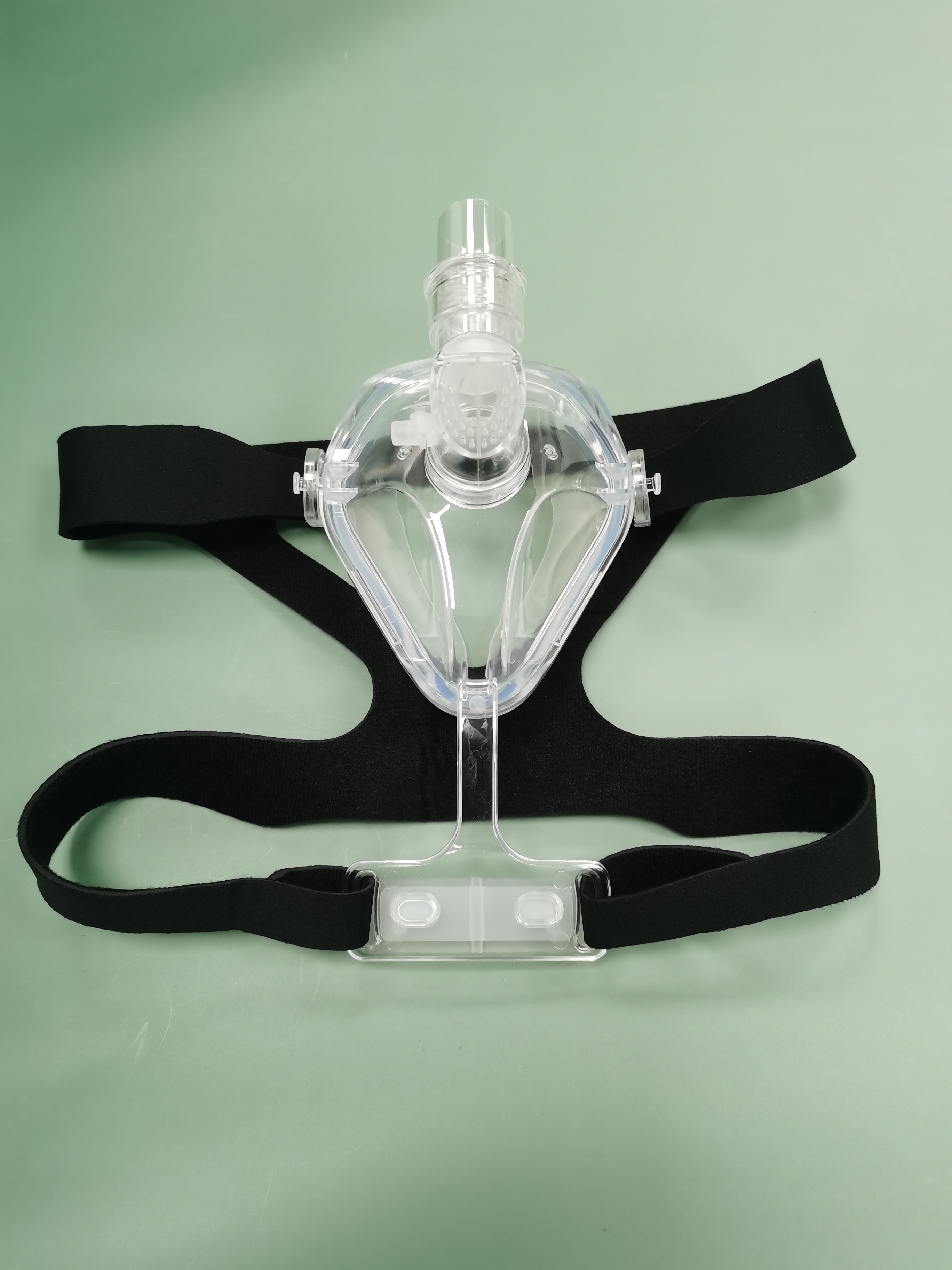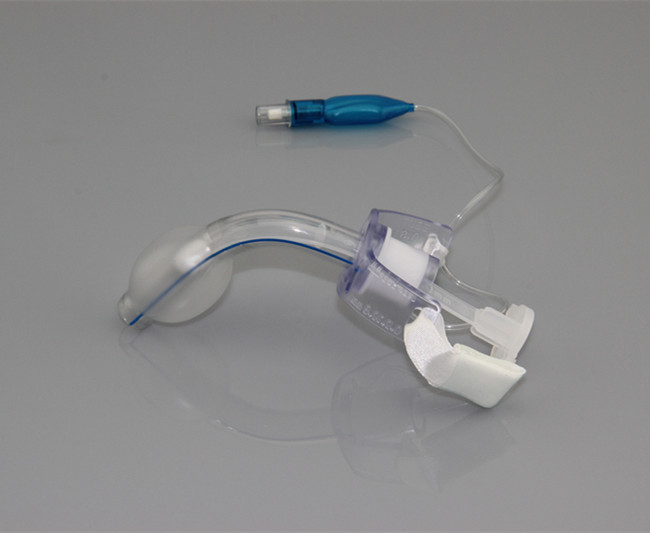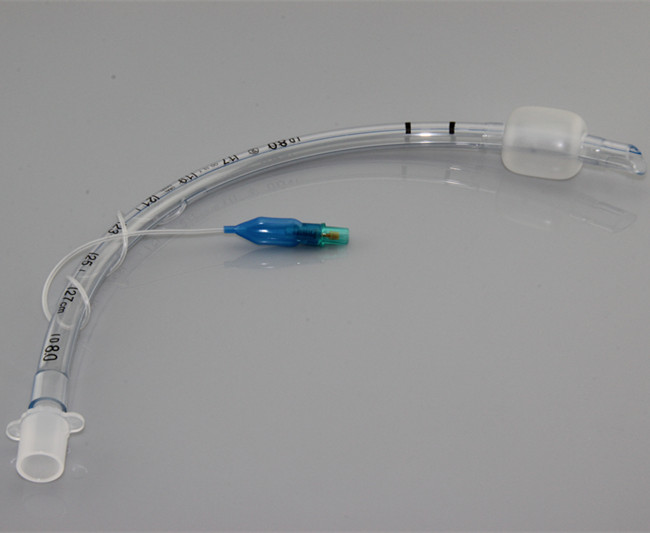Company News
Your current position:Home > News > Company News > Ventilators and RespVentilators and Respiratory Therapies
Source: Published:2021-12-01 Hist:
A ventilator blows air into the airway through a breathing tube. One end of the tube is inserted into patient's windpipe and the other end is attached to the ventilator. The breathing tube serves as an airway by letting air and oxygen from the ventilator flows into the lungs. There are invasive and non-invasive ventilators.
Non-invasive respiratory therapies (NITs) may be able to play a good role in the earlier stant of treatment. NITs combine different techniques of ventilatory support, improve patient tolerance and well-being, save time for medical treatment to take effect and, ultimately, decrease the need for intubation. Non-invasive ventilator devices including CPAP machines: clinical evidence from the treatment of COVID-19 patients indicates that the use of non-invasive ventilation can be effective in forestalling the need for intubation, thereby reducing the need for invasive mechanical ventilation. Devices used in this manner include CPAP masks, HEPA masks and high flow nasal cannula.
Invasive ventilation is positive pressure delivered to the patient's lungs via an endotracheal tube or a tracheostomy tube. Devices used in this manner include breathing circuits, endotracheal tubes, tracheostomy tubes, filters.










